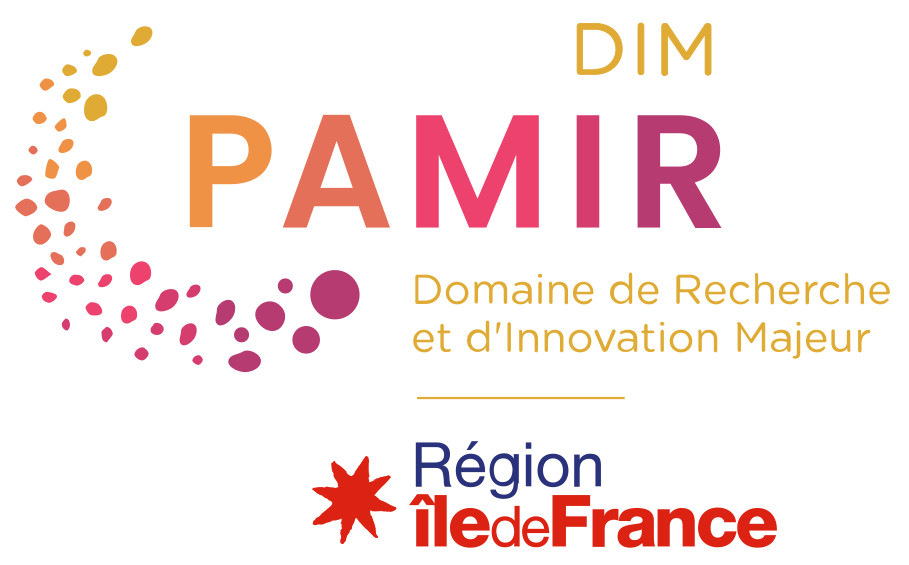
OLMETECH
Beyond the "Olmec Phenomenon" : Technological Characterization of Preclassic Ceramics from the basin of Mexico
Scientific responsibility :
- Chloé Andrieu
- François Giligny
- Patricia Ochoa
- Sara Corona
- Jose Luis Ruvalcaba
- Héctor Cabadas
Methodological axes :
Thematic fields :
Disciplinary sectors :
Partnership :
- Musée National d’Anthropologie – Institut National d’Anthropologie et Histoire (INAH)
- Département des Collections Archéologiques Comparatives (DCAC) – Direction d´Etudes Archéologiques (DEA-INAH)
- Laboratoire national des sciences pour la recherche et la préservation du patrimoine (LANCIC) – Université Nationale Autonome du Mexique (UNAM)
- École Nationale de Conservation, de Restauration et de Muséographie(ENCRyM), Laboratoire de pétrographie – Institut National d’Anthropologie et Histoire (INAH)
Funding :
- DIM PAMIR
Project ID : IDF-DIM-PAMIR-2025-4-030
Summary :
Long considered by archaeologists as the “mother culture” of Mesoamerica, the influence of the Olmec civilization (1200-600 B.C.) extended over much of present-day Mexico. However, the nature and diversity of these regional interactions remain a debated topic. The Basin of Mexico, also an early cultural hub, demonstrates significant interactions with the Olmec region between 1250 and 800 B.C. To better understand the nature of these connections, this study will focus on two emblematic sites in the basin— Zohapilco-Tlapacoya and Tlatilco—where ceramic productions exhibit a style considered Olmec. The study proposes to analyze their ceramic productions using a chaîne opératoire approach. For a comparative perspective, a ceramic collection from the Olmec site of San Lorenzo will also be examined. The chaîne opératoire approach aims to characterize technical traditions defined as an inherited way of doing and thus an expression of a social group, to assess the presence or absence of variability in learning and social affiliations among potters. This analysis involves reconstructing the ceramic manufacturing process by identifying traces linked to various forming operations through macroscopic and microscopic scales of analysis. Petrographic analysis, X-ray fluorescence, and radiographic studies will also be conducted to determine the origin of the ceramics and the techniques used. The corpus includes complete vessels from Zohapilco-Tlapacoya preserved at the National Museum of Anthropology in Mexico City. It also includes fragments from the same site, as well as from Tlatilco and San Lorenzo, stored at the Direction of Comparative Archaeological Collections of INAH in Mexico City and in the Museum of Anthropology in Xalapa, Veracruz.
Post-doctoral student: Alejandra Castañeda

